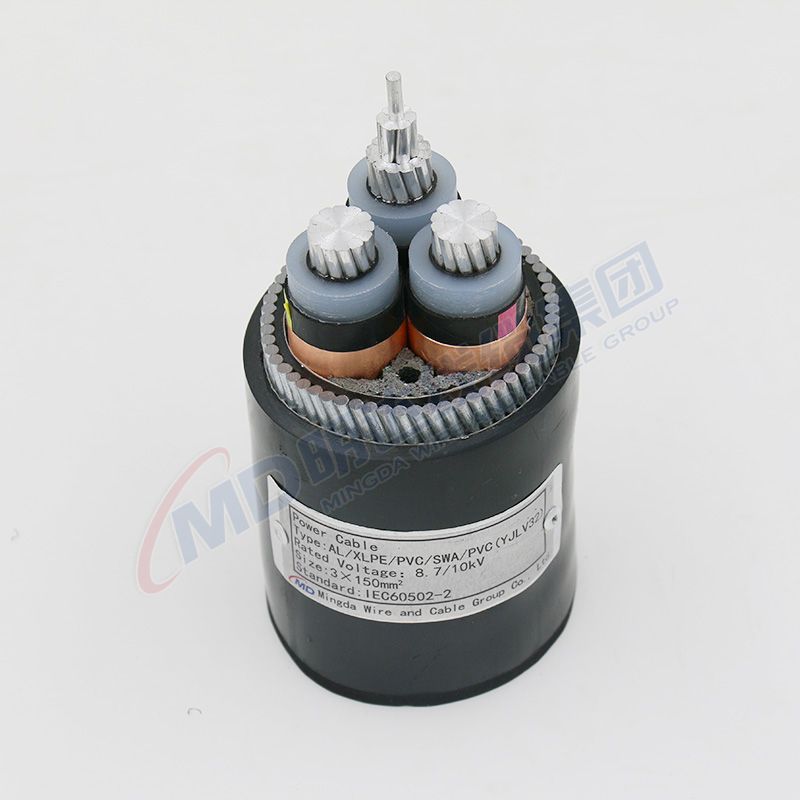Oct . 31, 2024 02:56 Back to list
resilient seat gate valve
The Resilient Seat Gate Valve A Key Component in Modern Fluid Control
In the realm of fluid control systems, the resilient seat gate valve stands out as a crucial element in ensuring efficiency and reliability. Designed to provide a tight seal when closed and minimal resistance to flow when open, these valves are instrumental in various applications, ranging from water distribution to chemical processing.
What is a Resilient Seat Gate Valve?
A resilient seat gate valve is a linear motion control device that opens by lifting a gate out of the path of the fluid. Unlike traditional metal-seated gate valves, the resilient seat design incorporates a flexible material, often rubber or elastomer, as the sealing surface. This innovative feature allows for a better seal against leakage, reduced operating torque, and enhanced durability, making it particularly suited for applications where minimizing downtime and maintenance is critical.
Applications and Benefits
The versatility of resilient seat gate valves makes them suitable for a wide array of applications
. They are commonly used in municipal water systems, wastewater treatment facilities, fire protection systems, and industrial processes. Their ability to handle different flow media, including water, oil, and various chemicals, further enhances their appeal.One of the key benefits of these valves is their low operating pressure requirements. The resilient seating material allows the valve to form a tight seal without requiring excessive force, which can lead to wear and tear over time. As a result, operators can expect not only lower energy costs but also longer valve life.
resilient seat gate valve

Design and Materials
The design of resilient seat gate valves varies, but the key components typically include a body, a gate, and a resilient seat. The body is usually made of ductile iron or cast iron, ensuring strength and durability under pressure. The gate, which can be made from various materials depending on the application, is often coated or constructed with corrosion-resistant materials to prolong its lifespan.
The resilient seat, however, is where innovation shines. The rubber or elastomeric materials used have superior resistance to aging, ultraviolet (UV) light, and various chemicals, making them ideal for harsh environments. This adaptability not only improves performance but also reduces the need for frequent replacements.
Maintenance and Longevity
One of the implicit advantages of resilient seat gate valves is the reduced maintenance typically required compared to traditional gate valves. Proper installation and periodic visual inspections can often suffice to keep these valves operating efficiently. Moreover, advancements in manufacturing technologies and materials science mean that the resilient materials can endure varying temperatures and pressures, further extending their operational life.
Conclusion
In conclusion, the resilient seat gate valve represents a significant advancement in valve technology, marrying traditional valve mechanics with modern materials science. Its suitability for a myriad of applications, coupled with its efficiency and low maintenance needs, makes it an essential component in fluid control systems. As industries continue to prioritize efficiency and reliability, the resilient seat gate valve will undoubtedly hold a prominent position in the future of fluid management solutions.
Share
-
Reliable Wafer Type Butterfly Valves for Every IndustryNewsJul.25,2025
-
Reliable Flow Control Begins with the Right Ball Check ValveNewsJul.25,2025
-
Precision Flow Control Starts with Quality ValvesNewsJul.25,2025
-
Industrial Flow Control ReliabilityNewsJul.25,2025
-
Engineered for Efficiency Gate Valves That Power Industrial PerformanceNewsJul.25,2025
-
Empowering Infrastructure Through Quality ManufacturingNewsJul.25,2025